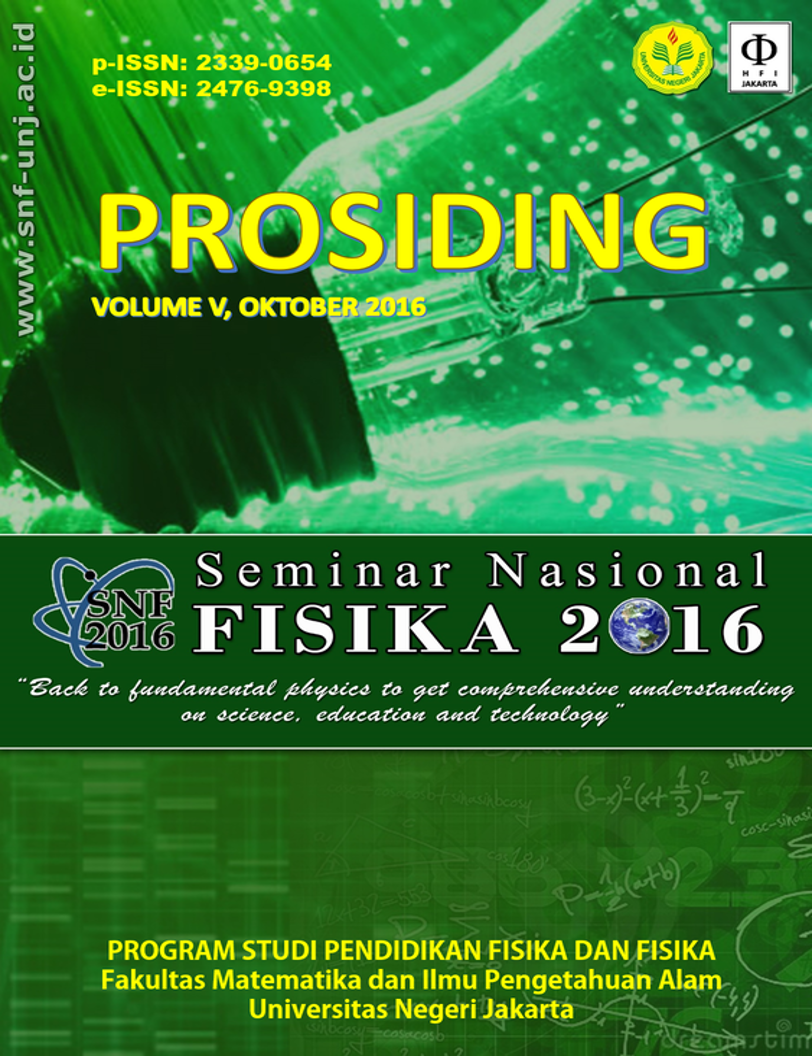KARAKTERISASI DAN ANALISIS UKURAN KRISTALIT PADA PROSES PEMADUAN Mg-Zn DENGAN METODE ULTRASONIK
DOI:
https://doi.org/10.21009/0305020214Abstract
Magnesium is a metal that is being developed in the field of biomaterials, especially as biodegradable implants. MgZn alloy has mechanical properties and corrosion resistance that are better than other Mg binary alloys. The process of conducting the MgZn integration in this study, used the ultrasonic waves that flows in toluene as a medium. Ultrasonic waves will generate the cavitation to the medium, and the explosion of the cavitation will produce a high temperature and pressure in order to combine Mg with Zn. The characteristic of using XRD showed that the ultrasonic treatment for 50 hours can increase the crystallites size of Mg and Zn. However, it is not yet able to produce the MgZn alloy. This is affected by the presence of the Mg(OH)2’s layer on the Mg particles. SEM/EDS result showed that 50 hour ultrasonic treatment can clean the Mg from the layer of Mg(OH)2.
Keywords: Ultrasonic, Cavitasi, MgZn, Biodegradable.





